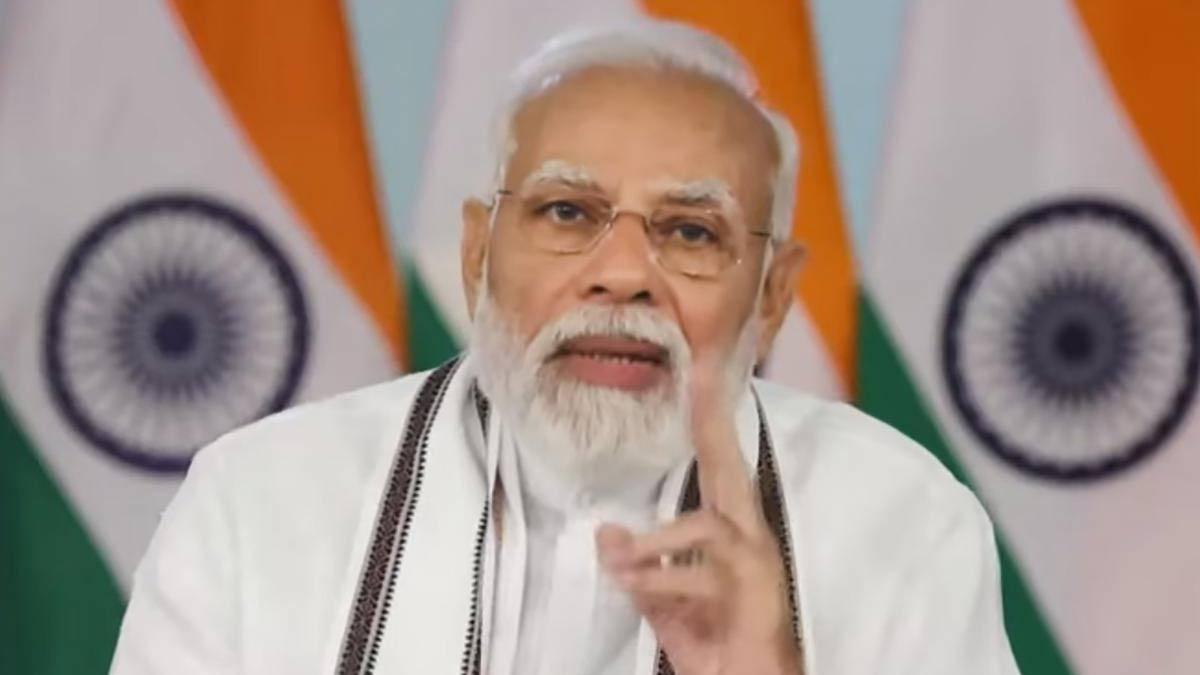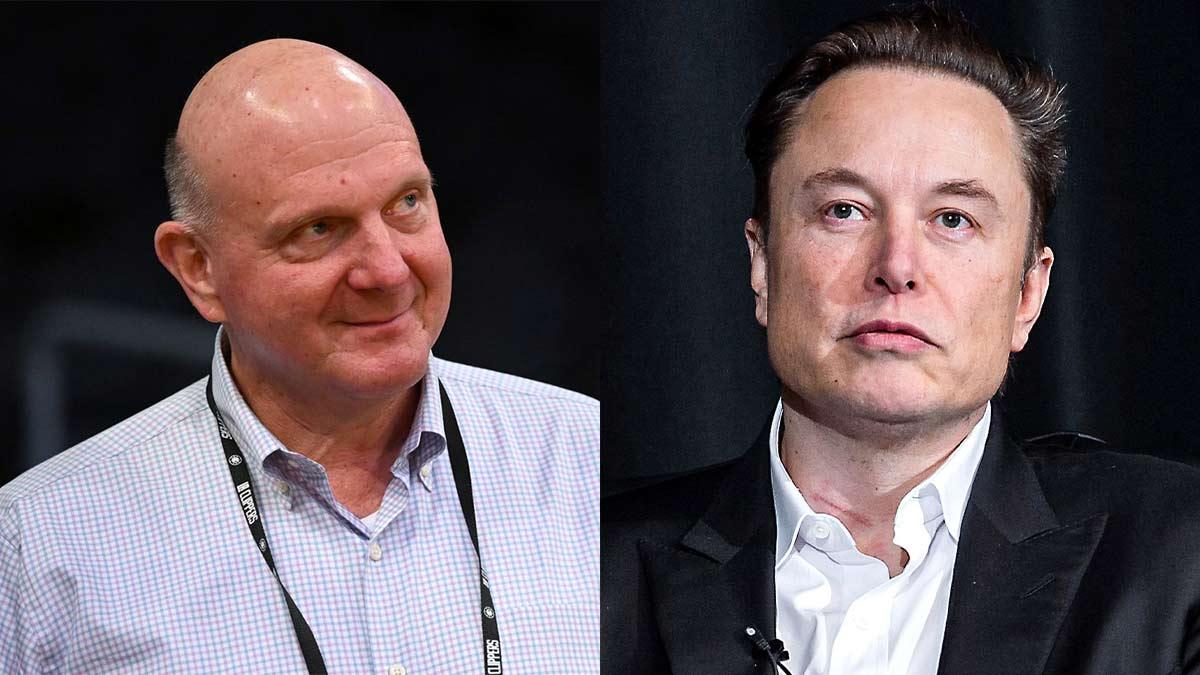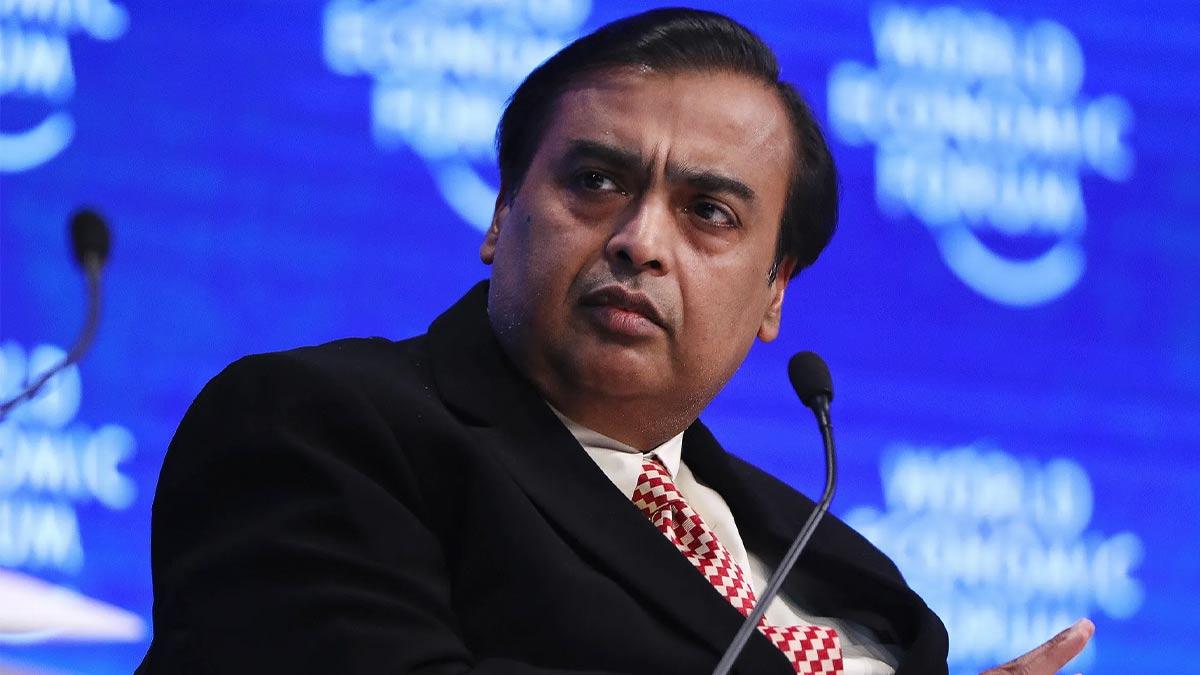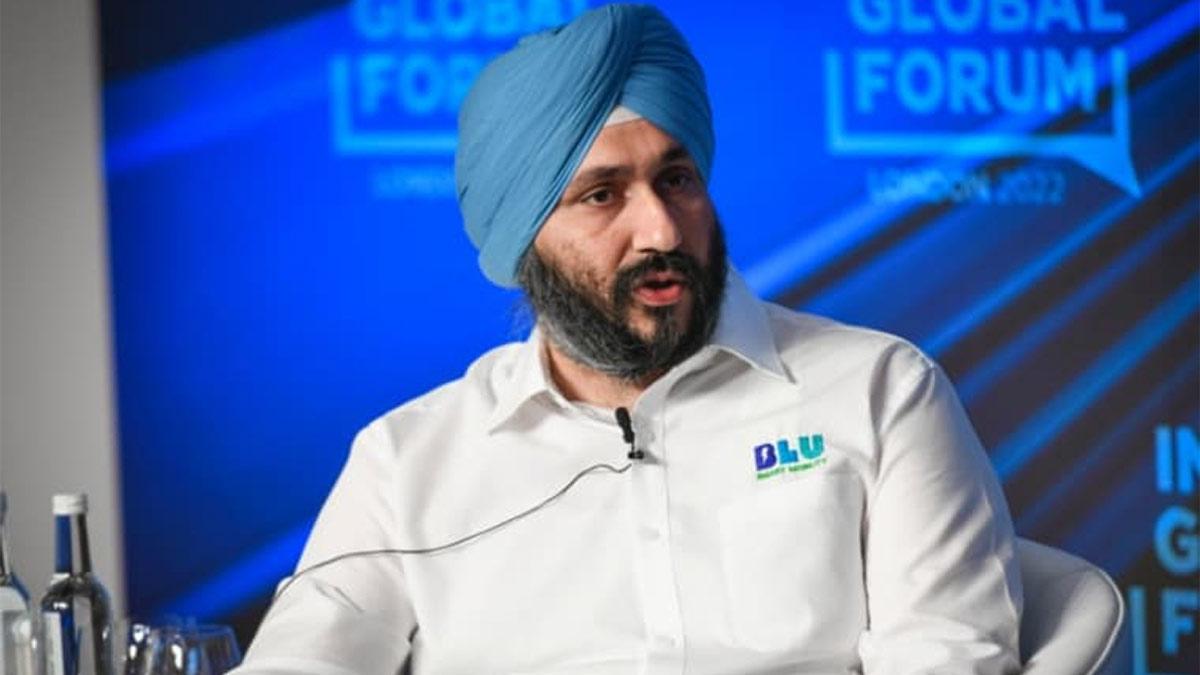Prime Minister Narendra Modi on Tuesday marked the outstanding accomplishments of the Pradhan Mantri MUDRA Yojana (PMMY), celebrating its 10th anniversary since its inception on April 8. He reiterated that the program has had a life-changing impact on economically weaker sections by providing more than 52 crore loans worth ₹33 lakh crore.
Looking back at the genesis of the scheme, the Prime Minister revealed that his wide-ranging tours of the country as a "karyakarta" identified a compelling necessity to economically empower those who were left out of the formal banking system. This realization, he said, formed the basis of the MUDRA scheme, which was aimed at providing financial assistance to those who were earlier neglected.
The Prime Minister emphasized the democratizing impact that the scheme has had on the financial environment. He also referred to its excellent performance, remarking that merely 3.5% of loans that had been dispensed under MUDRA had become non-performing assets (NPAs)—testimony to its well-constructed format and responsibility of the borrower.
In a tweet on X, Modi stated, "Sharing my interview with Economic Times, where I discuss the life-transforming potential of Mudra Yojana and why it continues to be a crucial scheme in our pursuit of dignity and empowerment. #10YearsOfMUDRA."
He explained that MUDRA—Micro Units Development and Refinance Agency—needed to be understood as part of a larger agenda and not in isolation.
"Even before I was in any government office, I had moved all over the country for decades as a karyakarta. There was one theme that I observed everywhere. The overwhelming majority of our people, including the poor, farmers, women and marginalised sections, had ambitions to grow, enterprise spirit, energy and resilience—qualities required to be an effective entrepreneur," he noted.
"But these were the same sections that had been entirely left out of the formal financial and banking system. Tell me, if you don't have a bank account, will you ever go to a bank? When people did not even have access to simple banking, financing for entrepreneurship seemed like a pipedream. So, when the people gave us their mandate in 2014, we thought of making the entire financial architecture people-focused and inclusive, so that we could provide wings to their dreams," he said.
He discussed how MUDRA is a part of a string of reforms designed to completely change the financial sector from scratch.
"This began with 'banking the unbanked' with Jan Dhan Yojana. As soon as the left out and left behind populations started becoming integrated into the organized financial system under this scheme, we proceeded further to 'funding the unfunded' by way of MUDRA Yojana and 'insuring the uninsured' by way of the Jan Suraksha set of schemes. Thus, MUDRA forms part of an overall vision for ensuring that entrepreneurial capability, innovativeness, creativity and self-reliance of the population at the grass roots level are honored, nurtured and supported," Modi added.
He went on to point out the message of faith that the MUDRA scheme conveyed to the ordinary citizen.
"By way of the MUDRA Yojana, we wished to convey a message to all Indians that we had faith in them and would stand as a security in their efforts to achieve their dreams. Faith leads to faith. The individuals, also, showed immense enthusiasm and now, with more than 52 crore loans extended with a value of Rs 33 lakh crore, they have transformed MUDRA into a colossal success," confirmed the Prime Minister.
Responding to the issues that had affected India's banking industry in the past, Modi compared the current strategy with practices under the earlier Congress-led UPA government.
"There are two versions of the issue. On one side, there is experience of the period when the Congress-led United Progressive Alliance was in office. At that time, the banking system followed a system that was later called 'phone banking'. Loans were approved on calls from political allies instead of competency or strict adherence to financial prudence due diligence. We know how this caused the twin balance sheet issue. The era, characterized by laxity and unaccountability, left public sector banks with an inheritance of stressed assets, derailing their ability to aid all-round economic development.
Modi compared that time to the bottom-up principle of MUDRA.
"But, on the contrary, we have advanced loans to the poor and the middle class under the MUDRA Yojana. It was conceived to give empowerment to small and medium entrepreneurs with no connections but competence and conviction. In contrast to the UPA's model of top-heavy lending, MUDRA concentrated on grassroots economic activity. With over 52 crore loan accounts today, MUDRA indicates the humongous scale and ambition of the scheme.
He also reacted to the criticism that was raised when the scheme was introduced.
"Since we started this program, many of the big Congress leaders and commentators in their circle said that giving credit to crores of small borrowers would result in an NPA problem. They had no faith in our country's poor and middle class. But the results have belied such forecasts. The highlight is the performance of these loans—only 3.5 per cent have become NPAs. That is a very low default ratio in this segment globally. Whereas the UPA's phone banking era left banks saddled with toxic assets and benefited select haves among those near power points, MUDRA has flowed resources to the bottom of the pyramid, creating entrepreneurship without endangering financial stability," he said.
Read also| Trump Vows to Maintain Tariffs Until U.S. Trade Deficit Is Eliminated
Read also| Swiggy Hit with Over ₹165 Crore Tax Demands; Company Anticipates Minimal Financial Impact


















